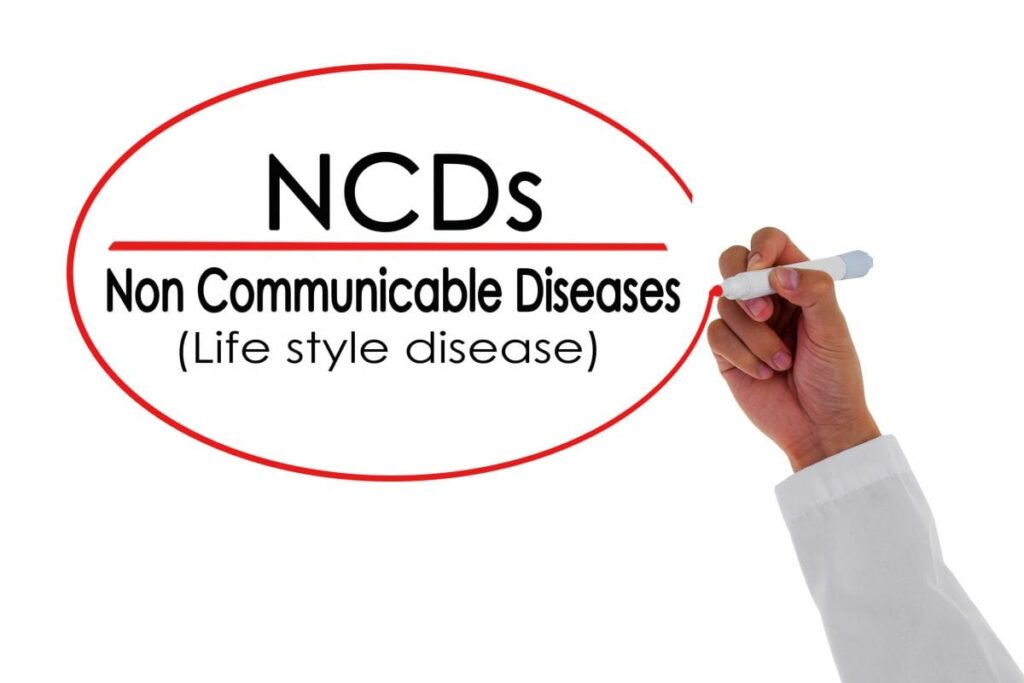
India’s noncommunicable disease (NCD) rate continues to grow, according to a recent study.
The survey by the Associated Chambers of Commerce and Industry of India (ASSOCHAM), and prepared by the Thought Arbitrage Research Institute, covered 233,672 people and 673 public health offices across 21 states. It marks the latest reminder of the growing NCD crisis in the country, with noncommunicable conditions having outpaced infectious diseases as the country’s leading cause of morbidity and mortality.
“The burden of NCDs on India is long-lasting as 65 percent of the country’s population is below 35 years of age,” the report said. “Air pollution, low physical activity and imbalanced diet, leisure lifestyle and intoxication are some of the factors that boost [India’s] NCD burden.” The survey report pegged India’s NCD rate at 116 per 1,000 population, identifying two-thirds of those in the 26-59 age bracket as being affected by NCDs. The survey identified Odisha as having the highest prevalence of NCDs (272 per 1,000 population), whilst Gujarat was found to have the lowest prevalence (sixty per 1000). The prevalence amongst populations of northern, central, and western regions of India is lower than the national average, the survey found.
“The cases of stroke have grown four times in the last thirty years,” said Dr Rajinder K. Dhamija, head of the neurology department at the Lady Hardinge Medical College in New Delhi. “This can be attributed to changes in the lifestyle and the demography of our country. It is worth noting that the life expectancy of our population has increased from 47 years in the 1970s to seventy years today. This means that we have a large ageing population that is vulnerable to neurological diseases, dementia, stroke, etc..”
The report said NCDs increase after the age of eighteen, with “a quantum leap” after the age of 35 years. The report flagged hypertension, digestive disease, diabetes, respiratory disease, neurological disorders, cardiovascular disease, kidney disease, and cancer as the most common NCDs in India.
Health Issues India has covered at length the growth in India’s NCD rate in recent decades. The death toll due to NCDs in 2019 was pegged at 5.2 million lives yearly, with heart disease having emerged as the country’s leading cause of death.
The COVID-19 pandemic has only underscored the urgency of combating NCDs, with the crisis having caused significant disruption to routine health services including diagnostics, screening, and treatment for an array of noncommunicable conditions as the World Health Organization (WHO) pointed out last year.
“NCDs currently kill over forty million people every year,” WHO Director-General Dr Tedros Adhanom Ghebreyesus said earlier this year. “These chronic conditions have also increased the death toll from COVID-19, which has already taken over two million lives. People who are obese, who use tobacco, and who have hypertension are at increased risk of being hospitalised and dying from COVID-19.” In addition, targeting NCDs is likely to play a key role in preventing and/or managing the next pandemic.
Encouraging healthy lifestyles, ensuring routine screening, awareness campaigns, and other measures are among the steps that can be taken to mitigate the damage that India’s NCD rate inflicts on the health system. As many NCDs are chronic in nature, they not only place pressure on the health system but on individuals themselves as the majority of health spending in India is borne out-of-pocket. As such, raising public spending on healthcare is the need of the hour – fortifying systems and expanding resources are imperative if India’s NCD crisis is to be brought under check.

